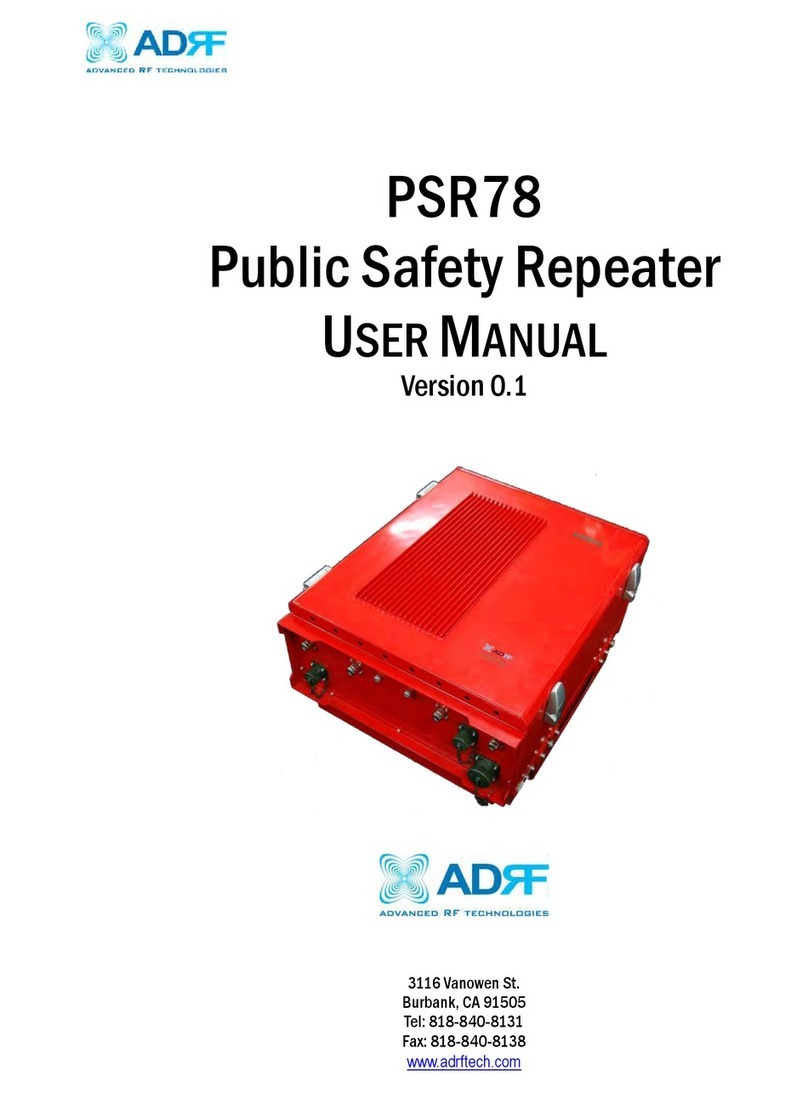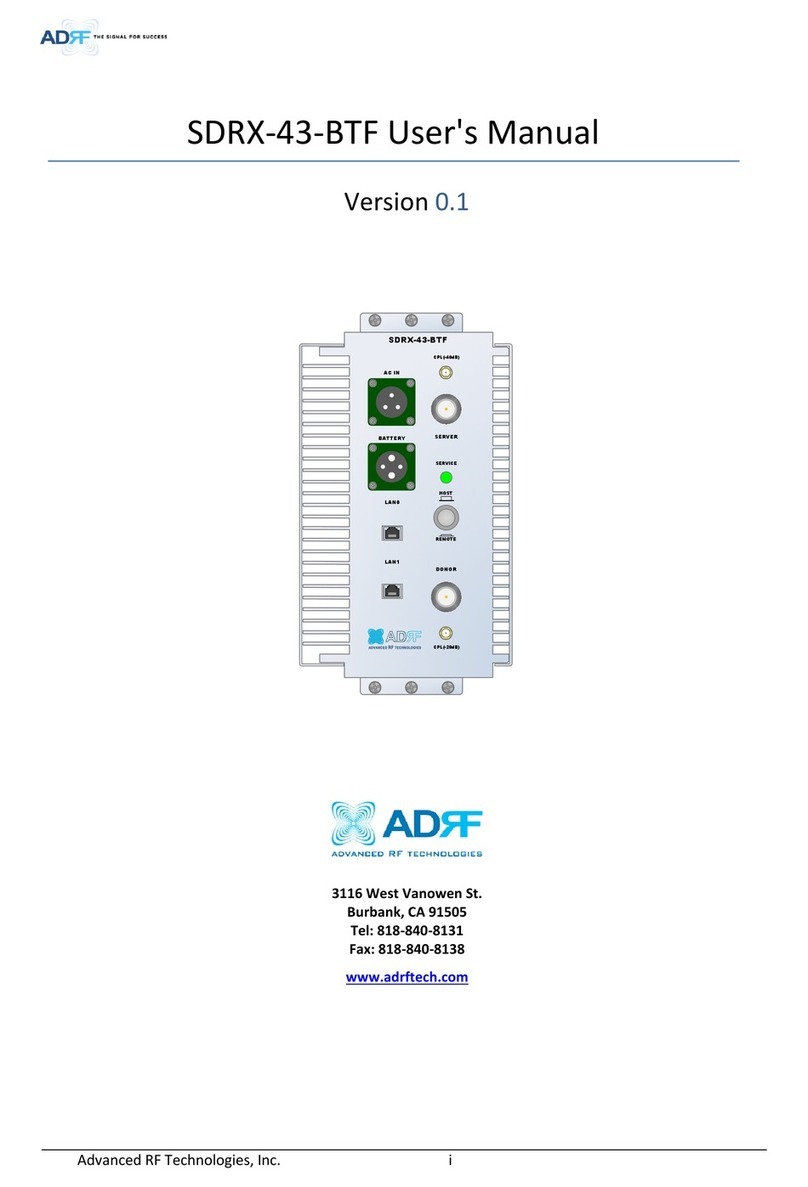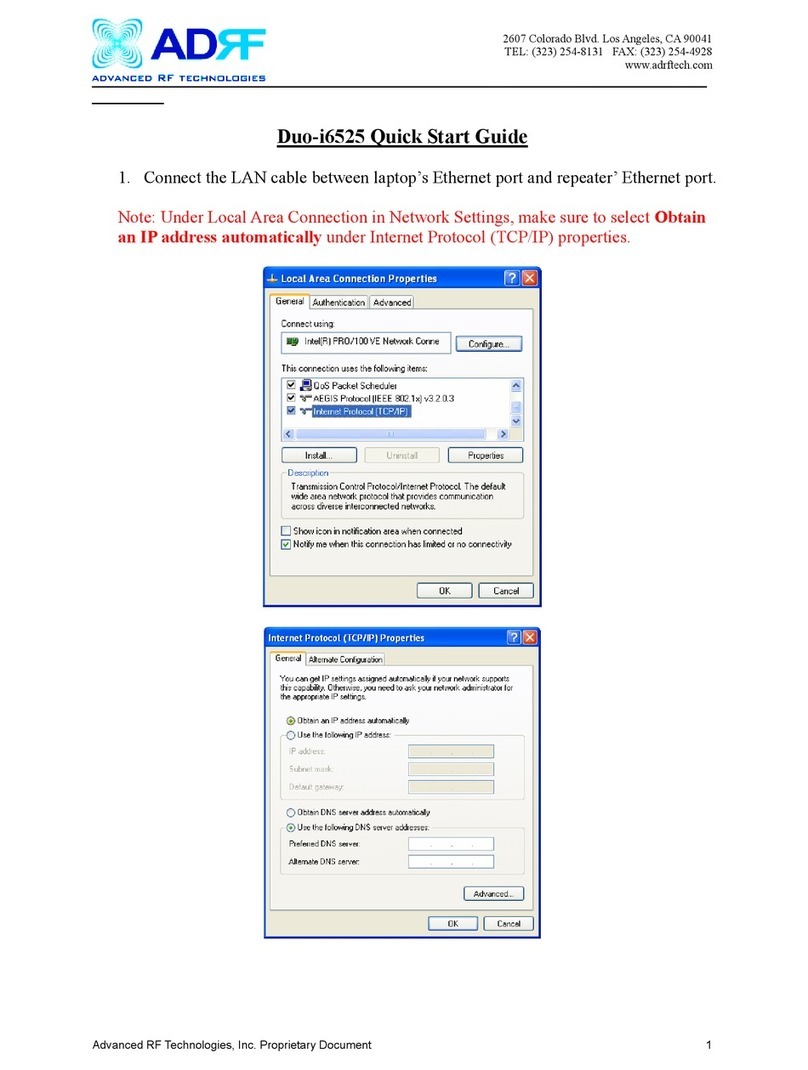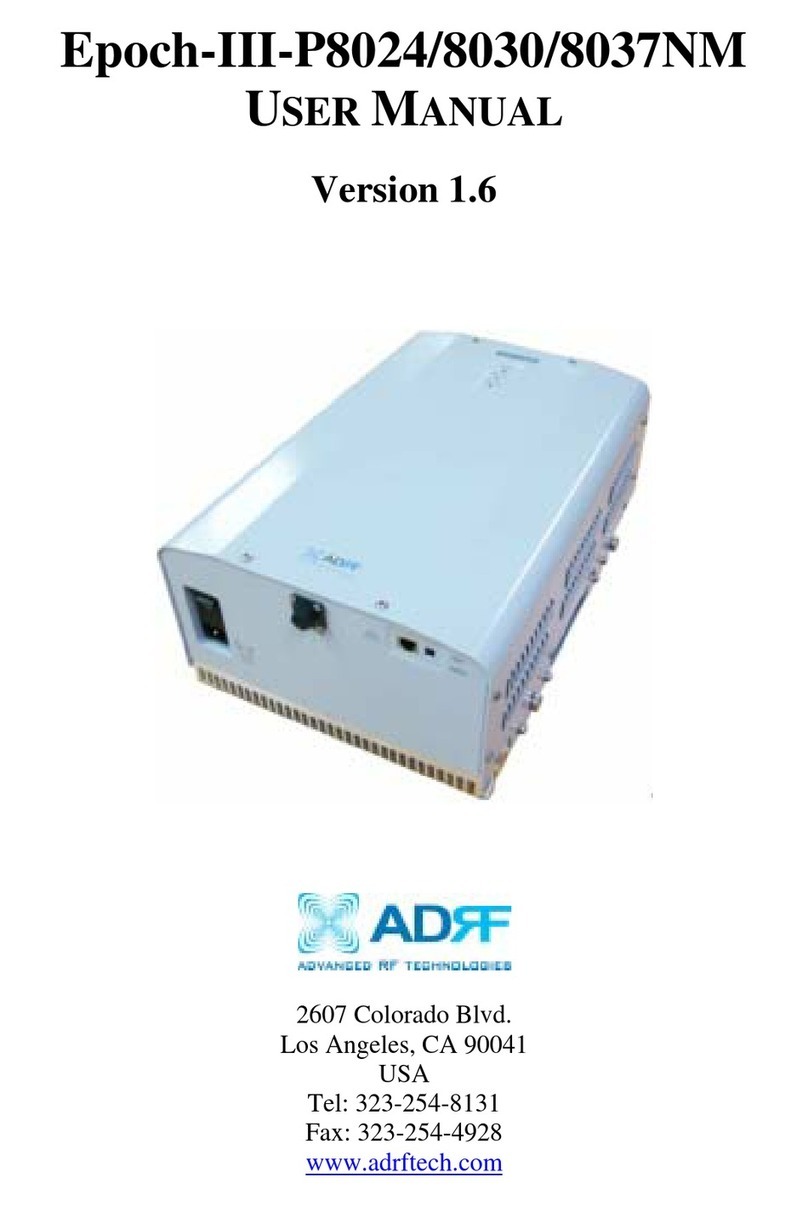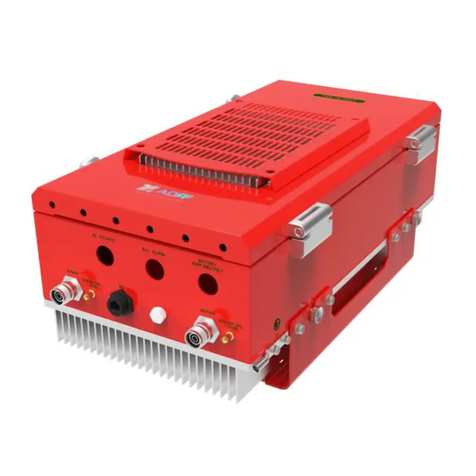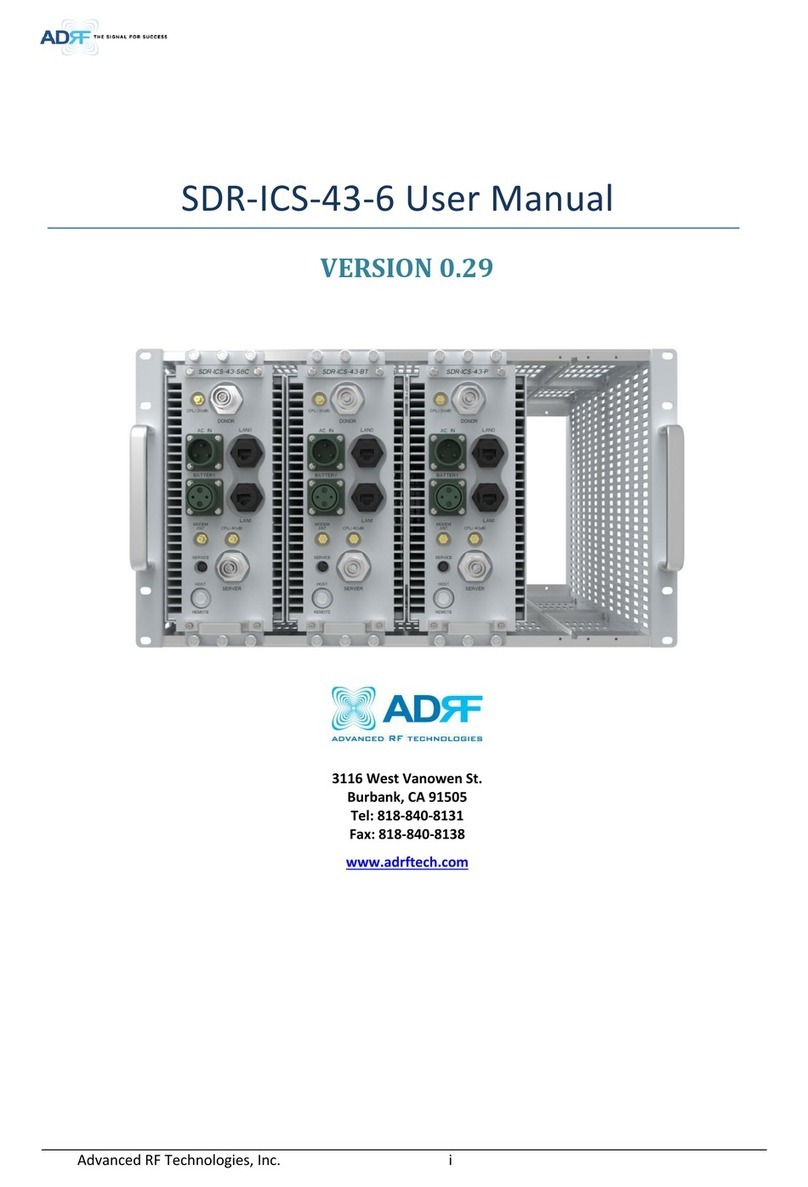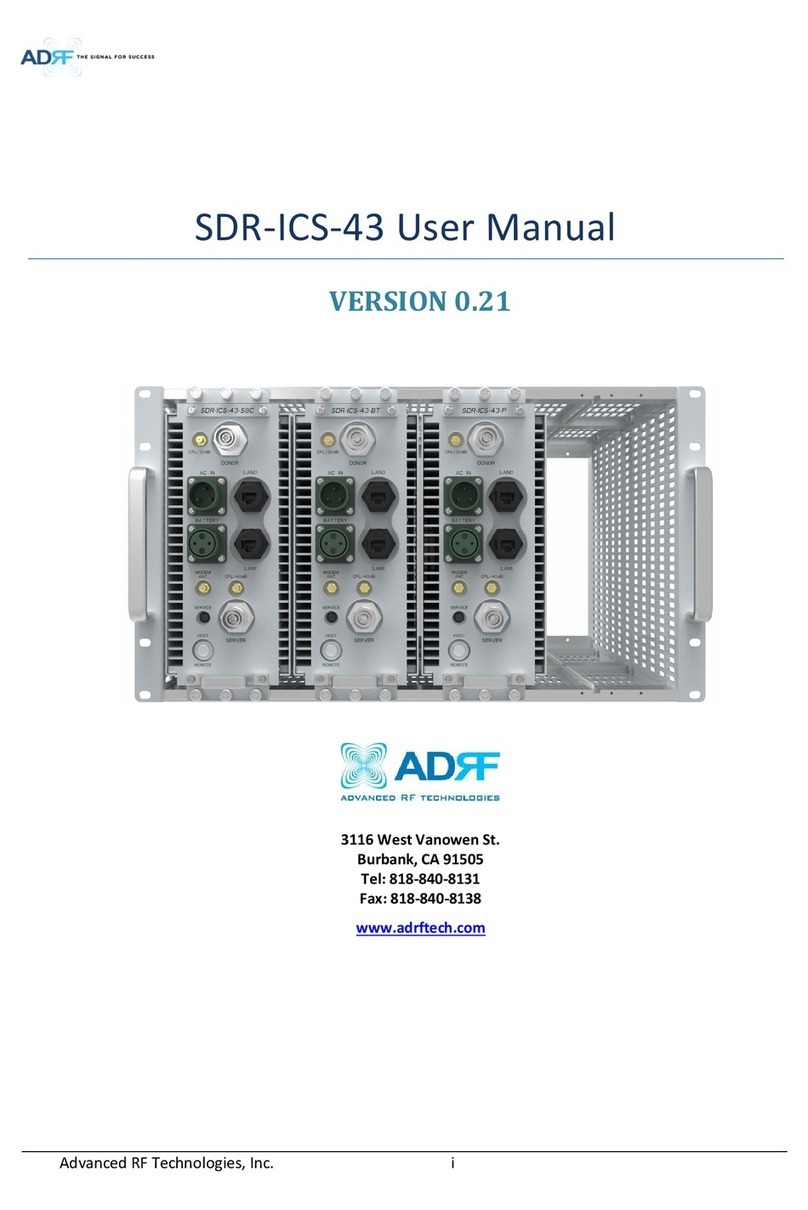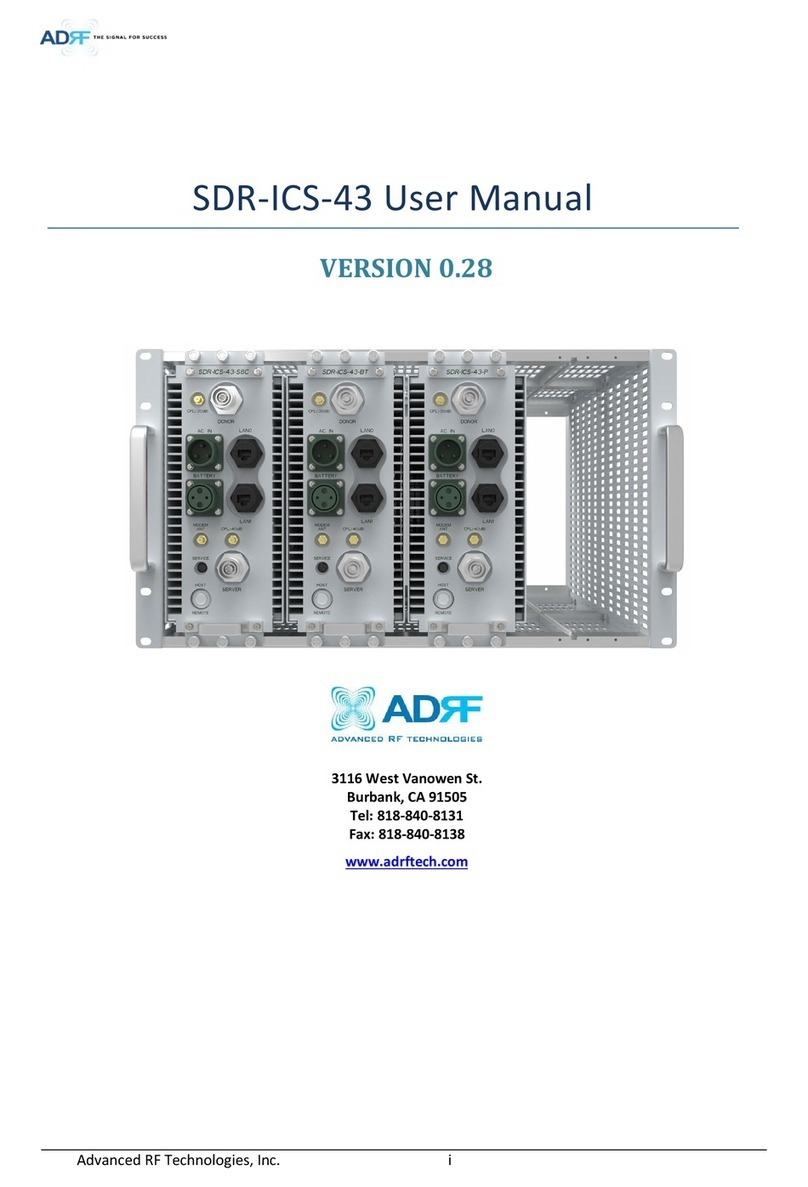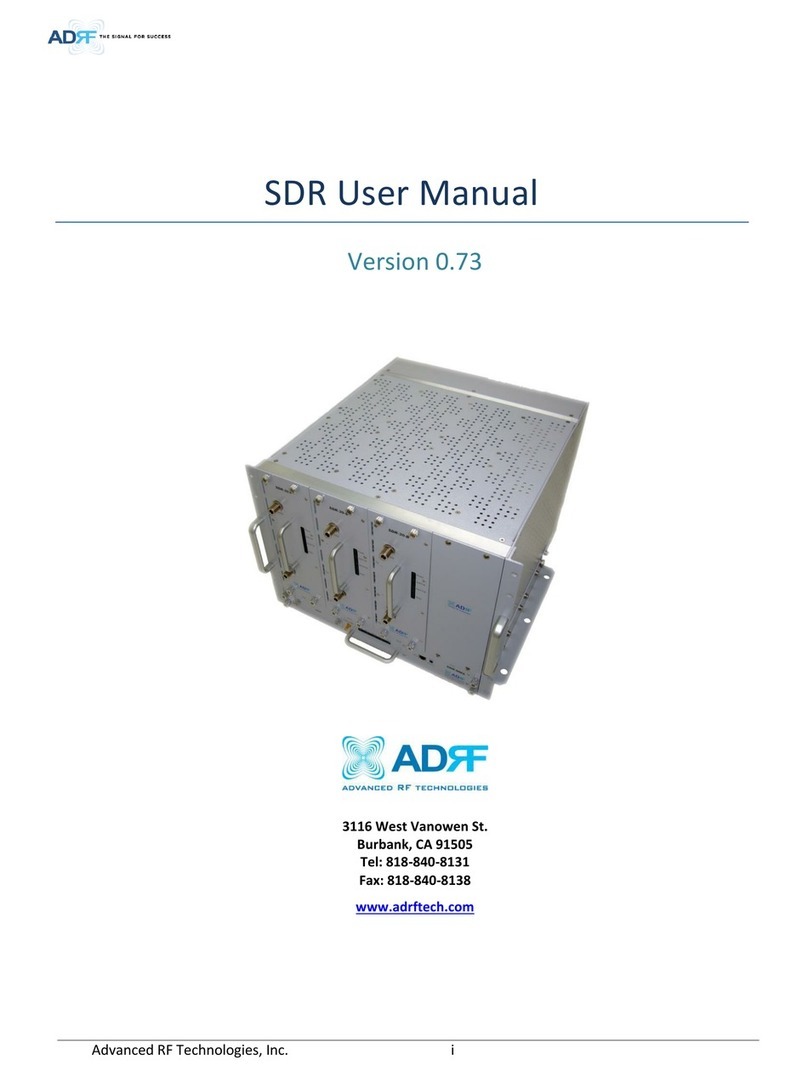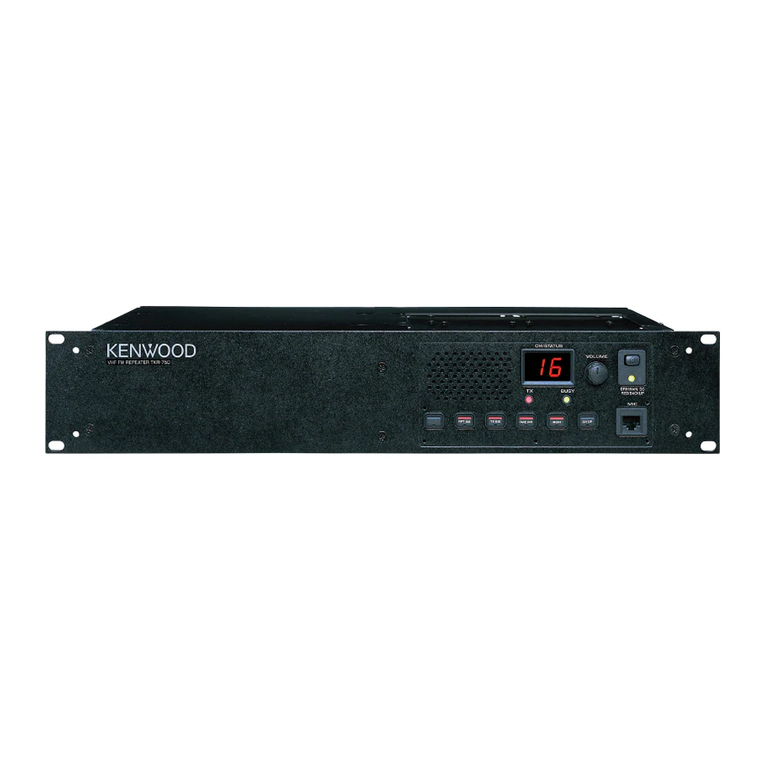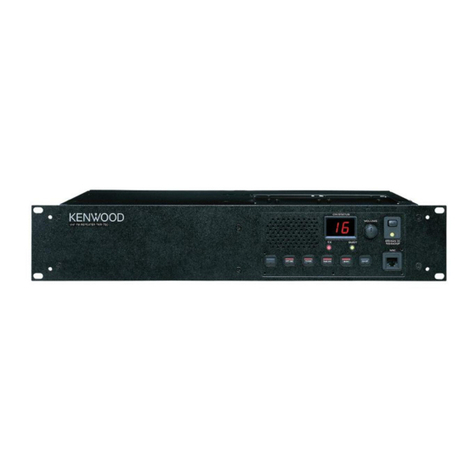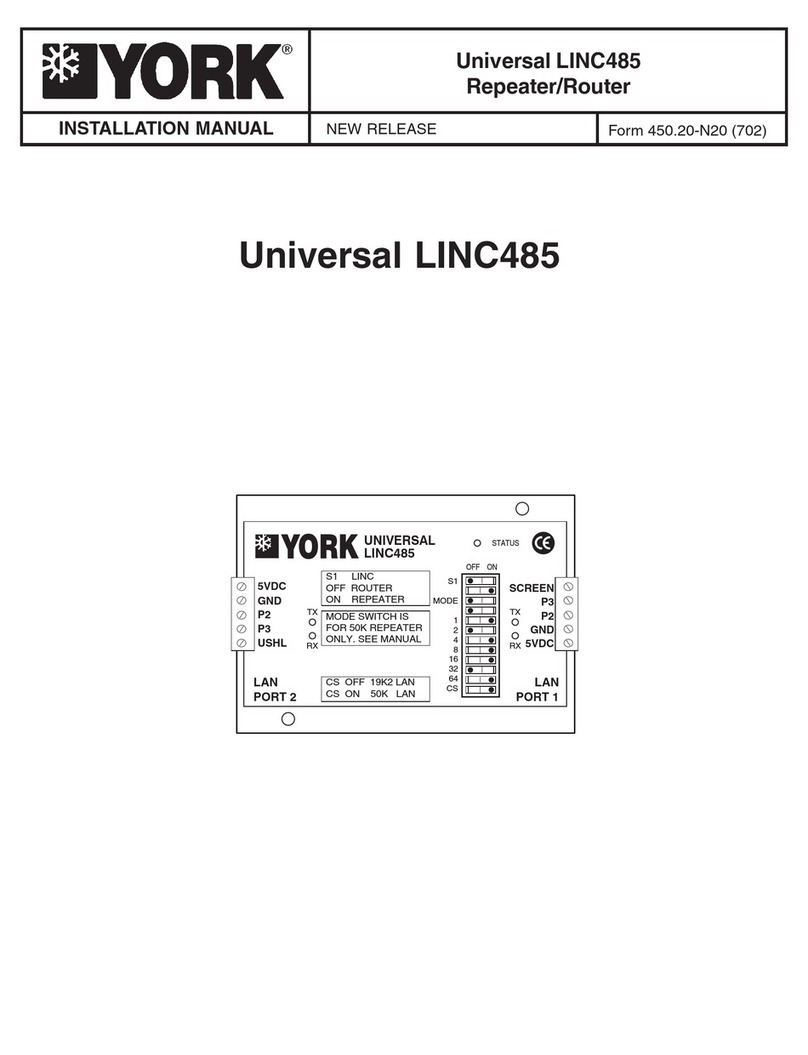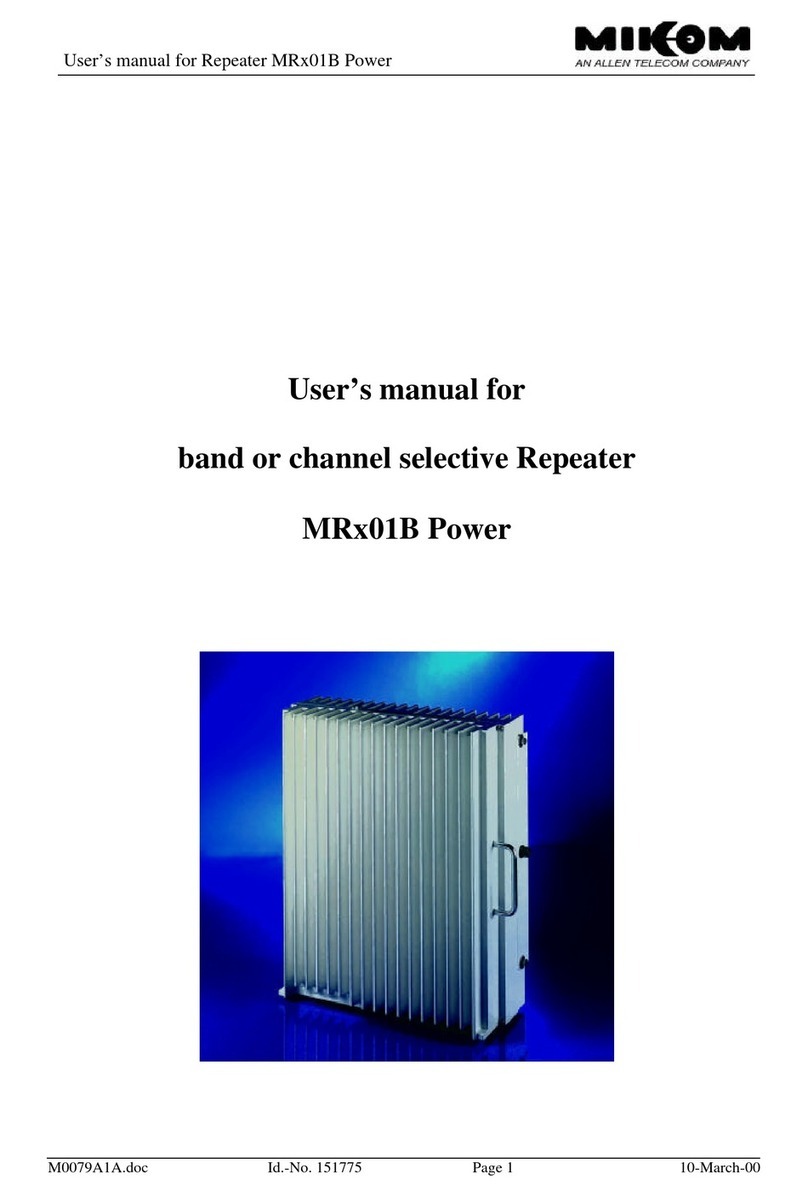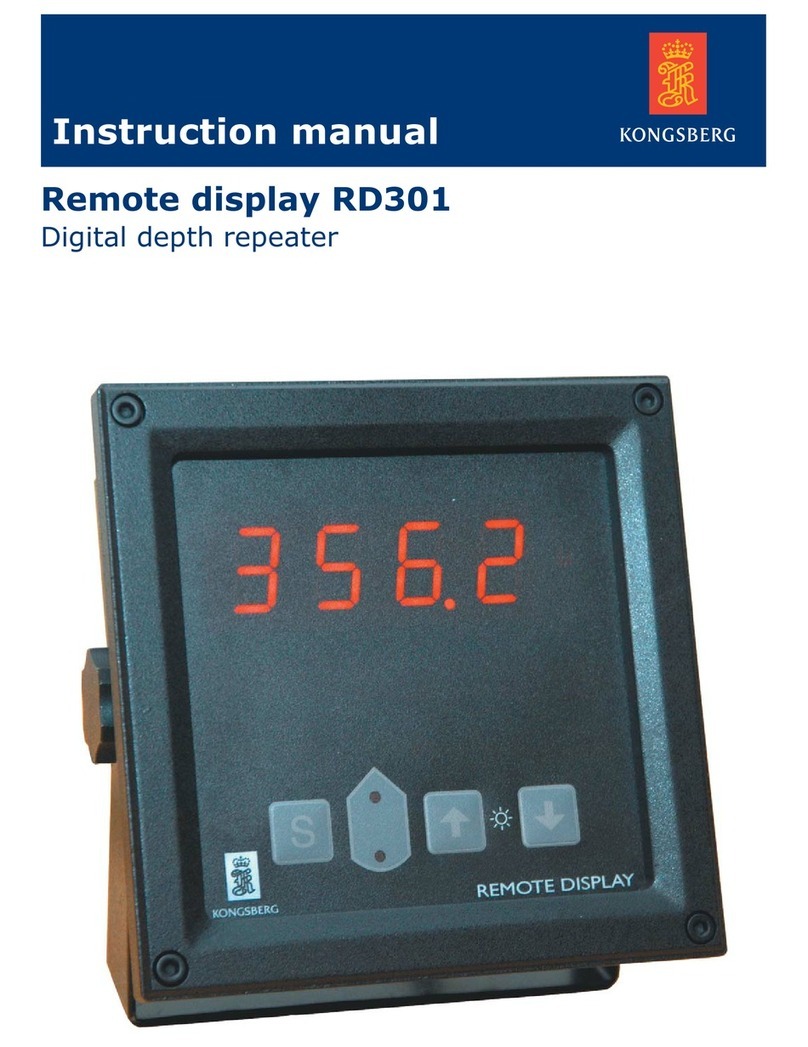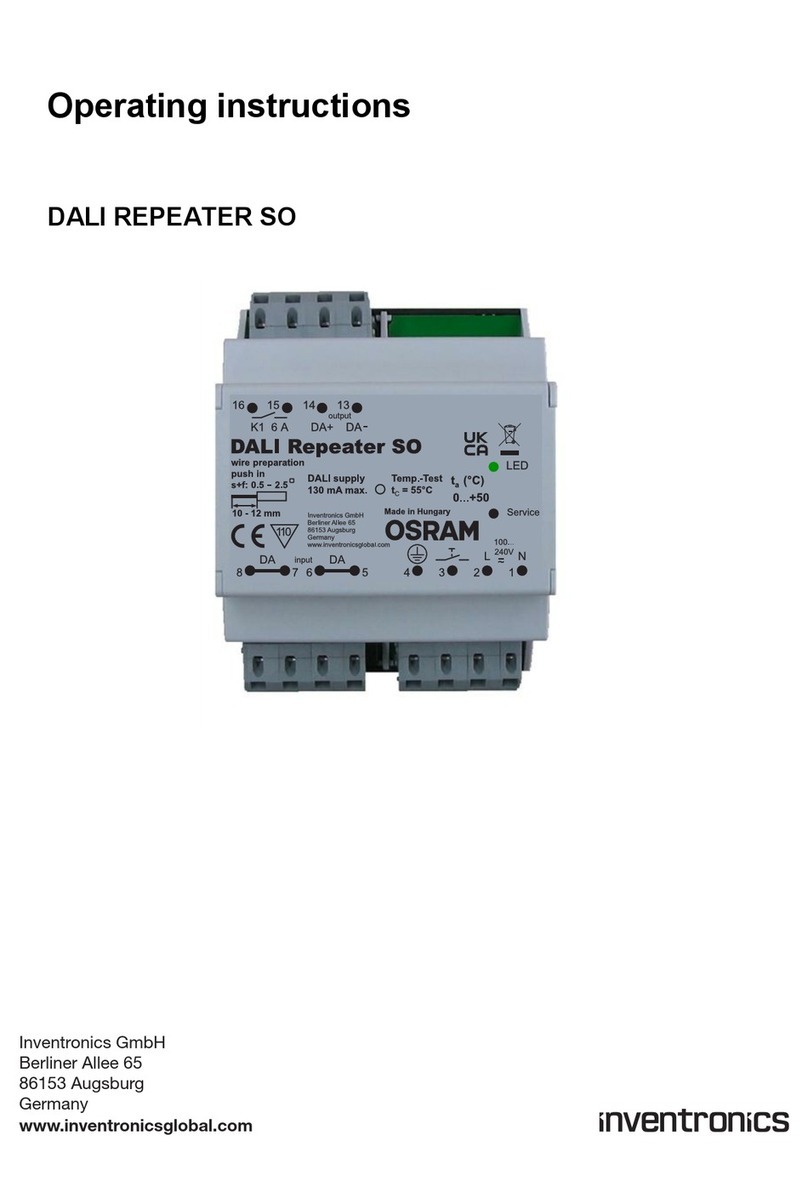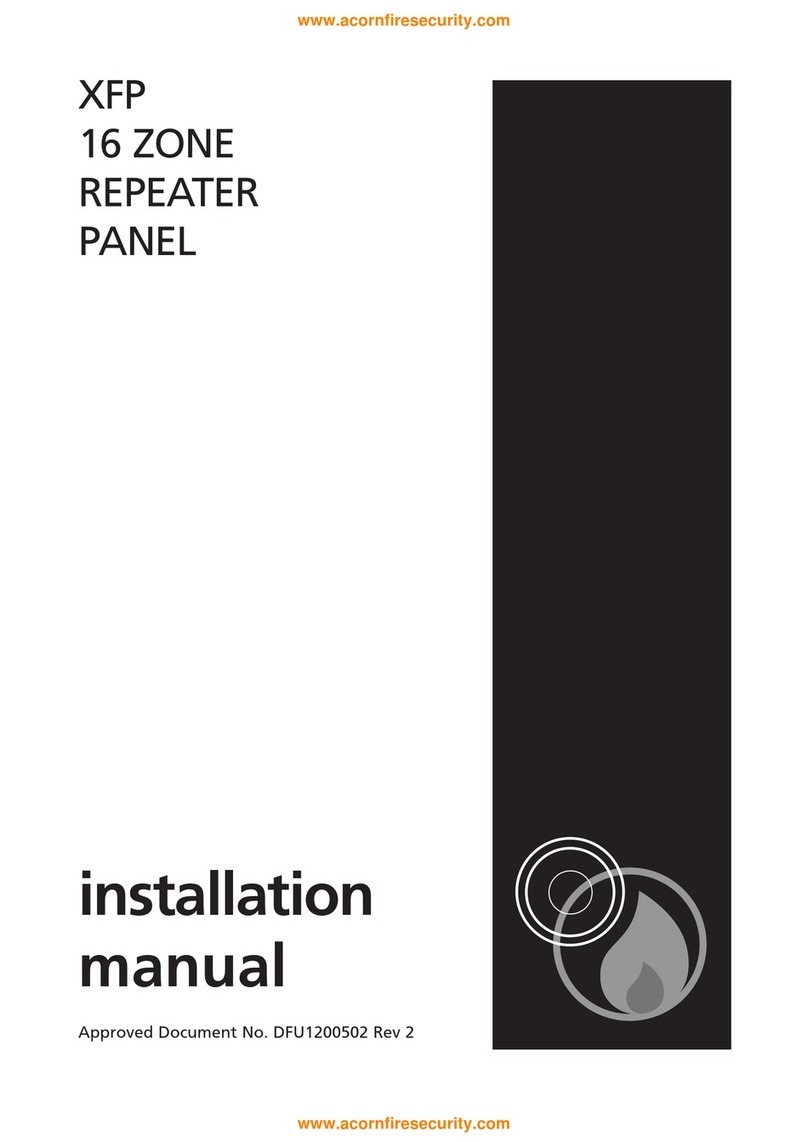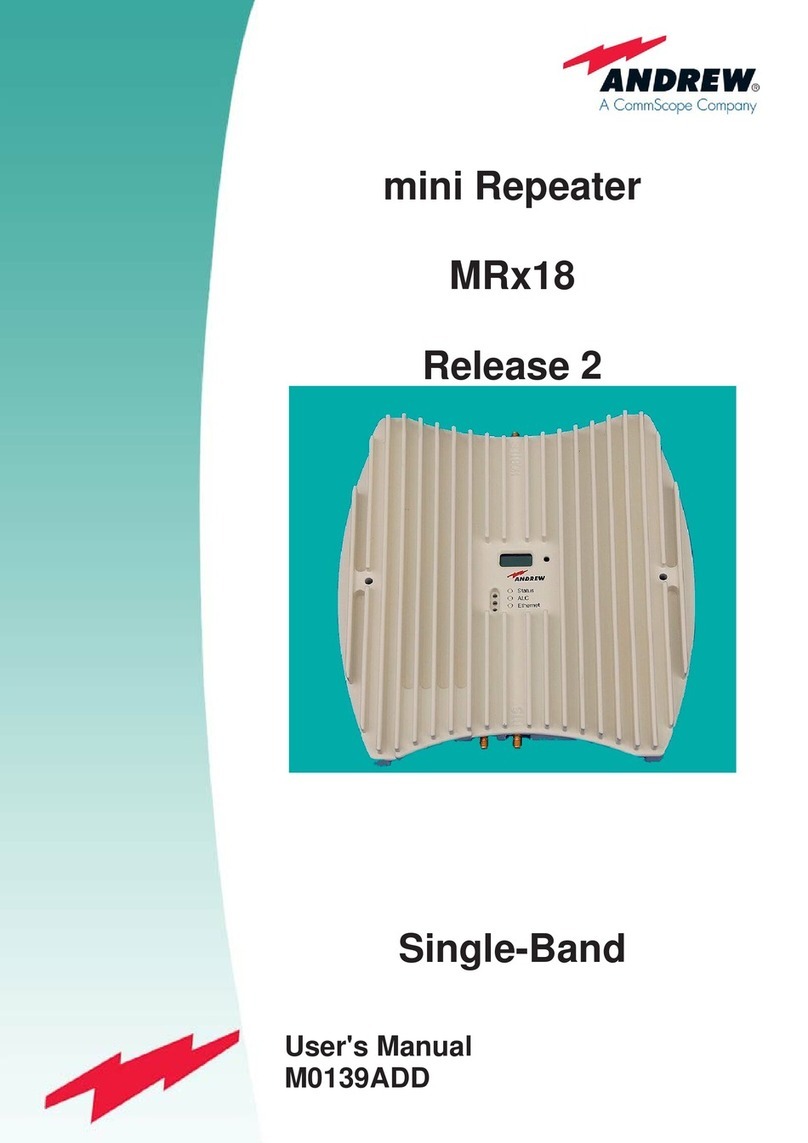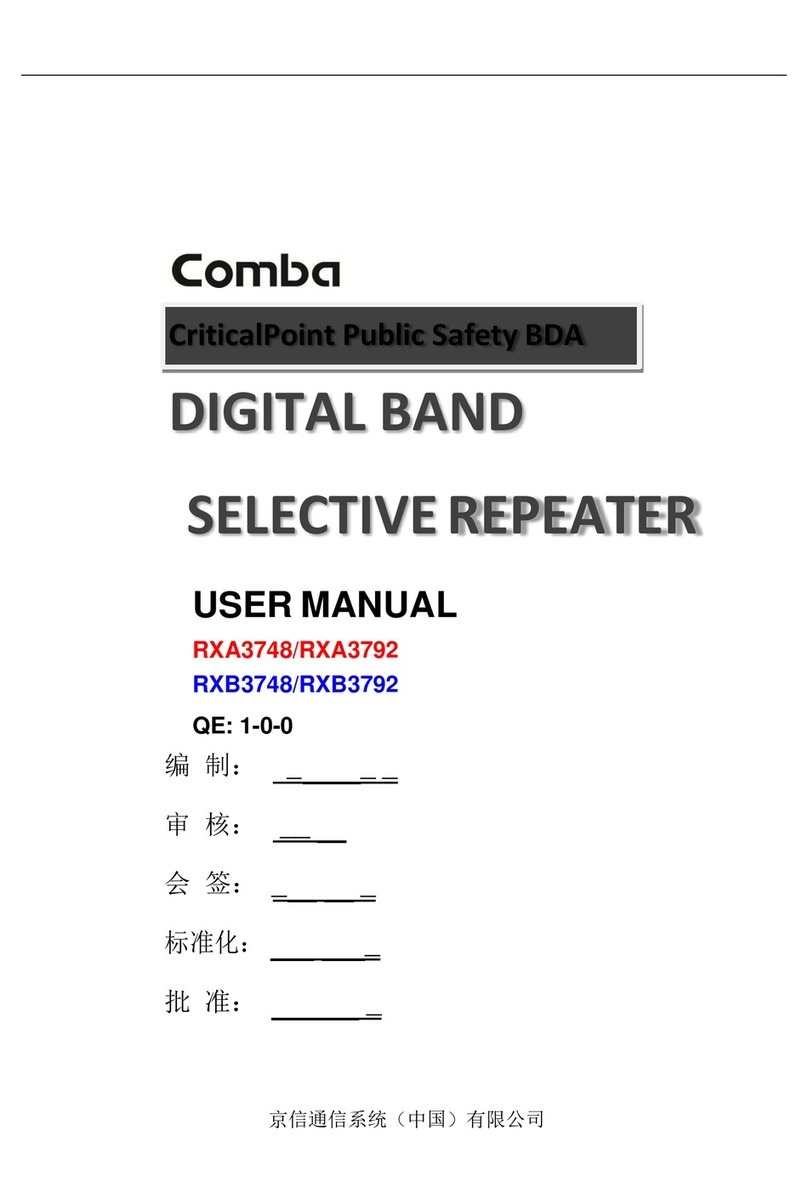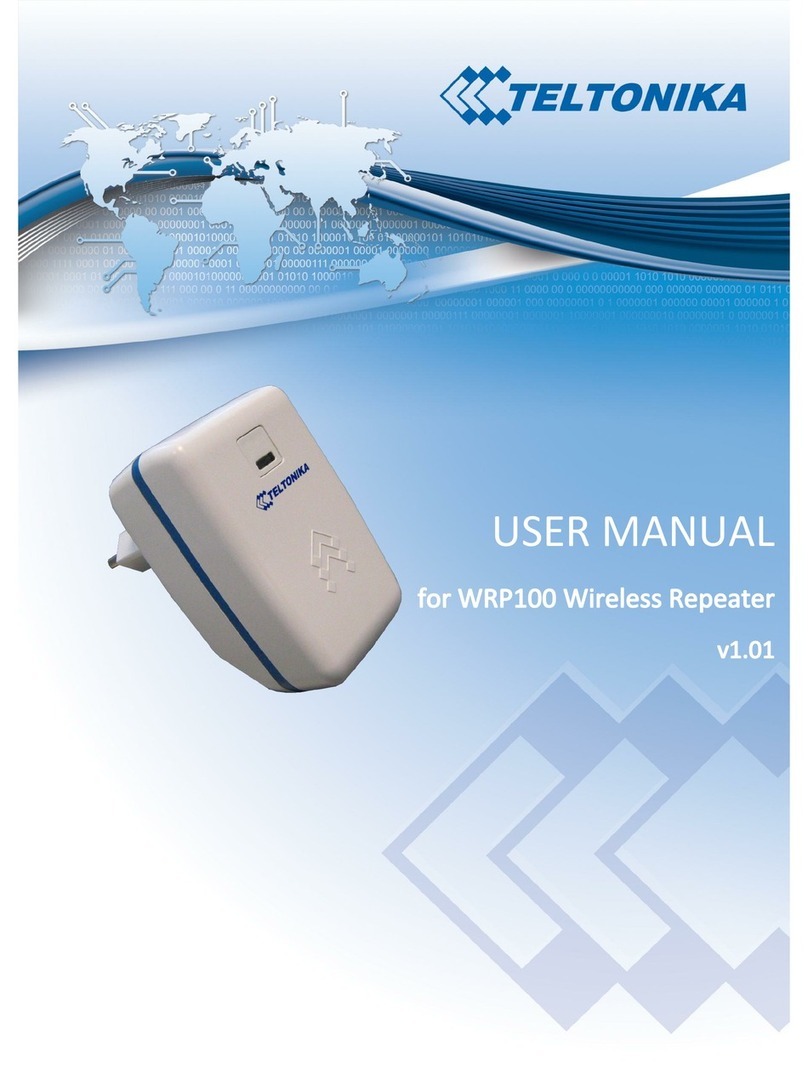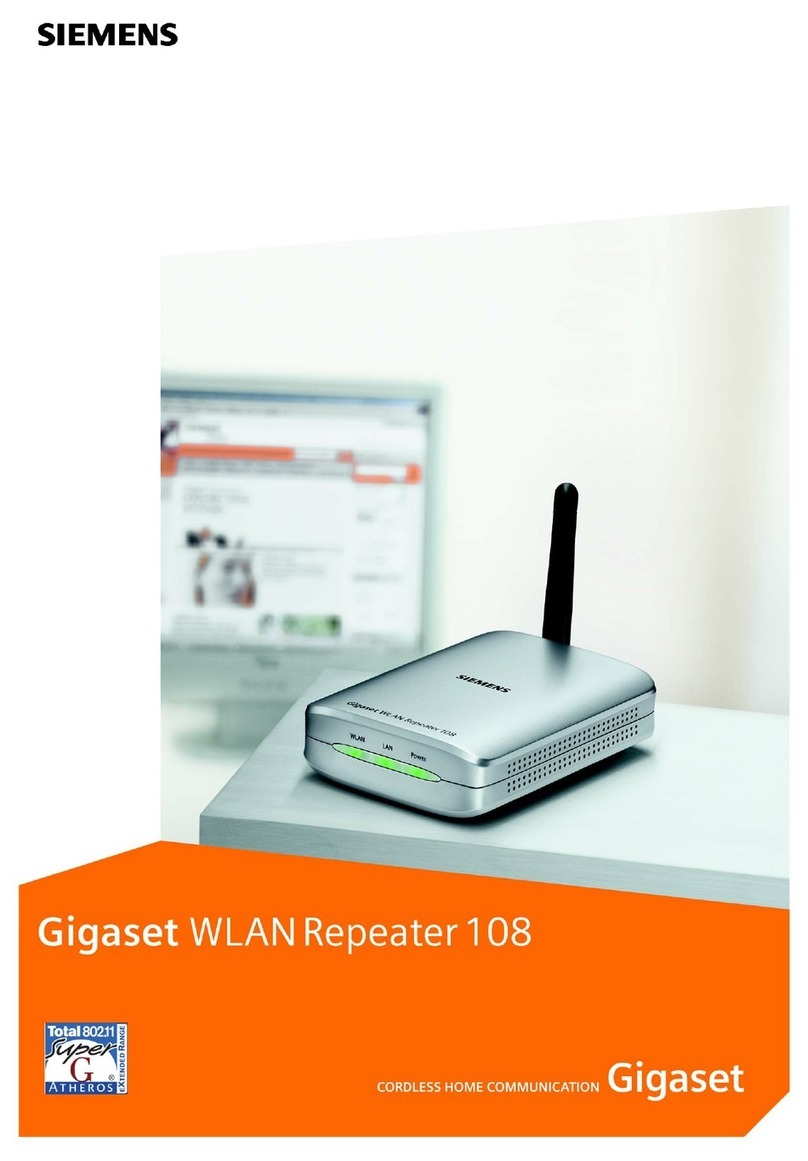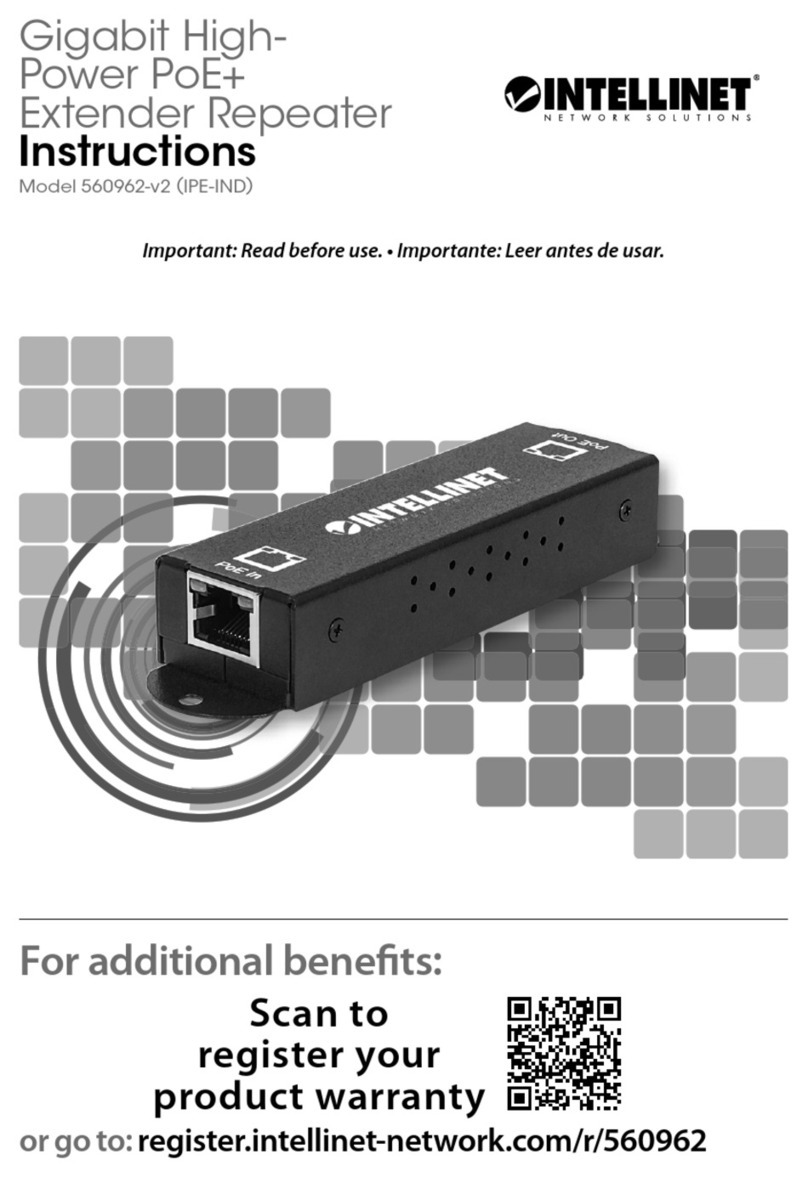
Advanced RF Technologies, Inc.
Table of Contents
1. Introduction ........................................................................................................................................................6
1.1 Highlights .....................................................................................................................................................6
1.2 Quick View ...................................................................................................................................................7
1.3 Warnings and Hazards .................................................................................................................................8
2. Topology ...........................................................................................................................................................12
3. Cable Connection ..............................................................................................................................................12
3.1 AC Power ...................................................................................................................................................12
3.2 External Alarm ...........................................................................................................................................13
3.3 RF ...............................................................................................................................................................13
3.4 Optic ..........................................................................................................................................................14
3.5 Battery .......................................................................................................................................................15
3.6 Grounding ..................................................................................................................................................15
4. RF EXPOSURE WARNING...................................................................................................................................16
5. Installation ........................................................................................................................................................17
6. default items.....................................................................................................................................................17
7. Specifications ....................................................................................................................................................17
7.1 Electrical Specifications .............................................................................................................................18
7.2 Mechanical Specifications..........................................................................................................................19
Figures
Figure 1-1 FiRe-78-4 Quick View (front and bottom) ............................................................................................7
Figure 2-1 FiRe-78-4 DAS topology ......................................................................................................................12
Figure 3-1 AC Power port.....................................................................................................................................12
Figure 3-2 External Alarm port ............................................................................................................................13
Figure 3-3 RF port ................................................................................................................................................13
Figure 3-4 Optic port............................................................................................................................................14
Figure 3-5 Optic Connector Cleaning (left) and Optic Port Cleaning (right) ........................................................14
Figure 3-6 SC/APC Optic Connector Dust Cap .....................................................................................................15
Figure 3-7 Protective Earthing Conductor ...........................................................................................................16
